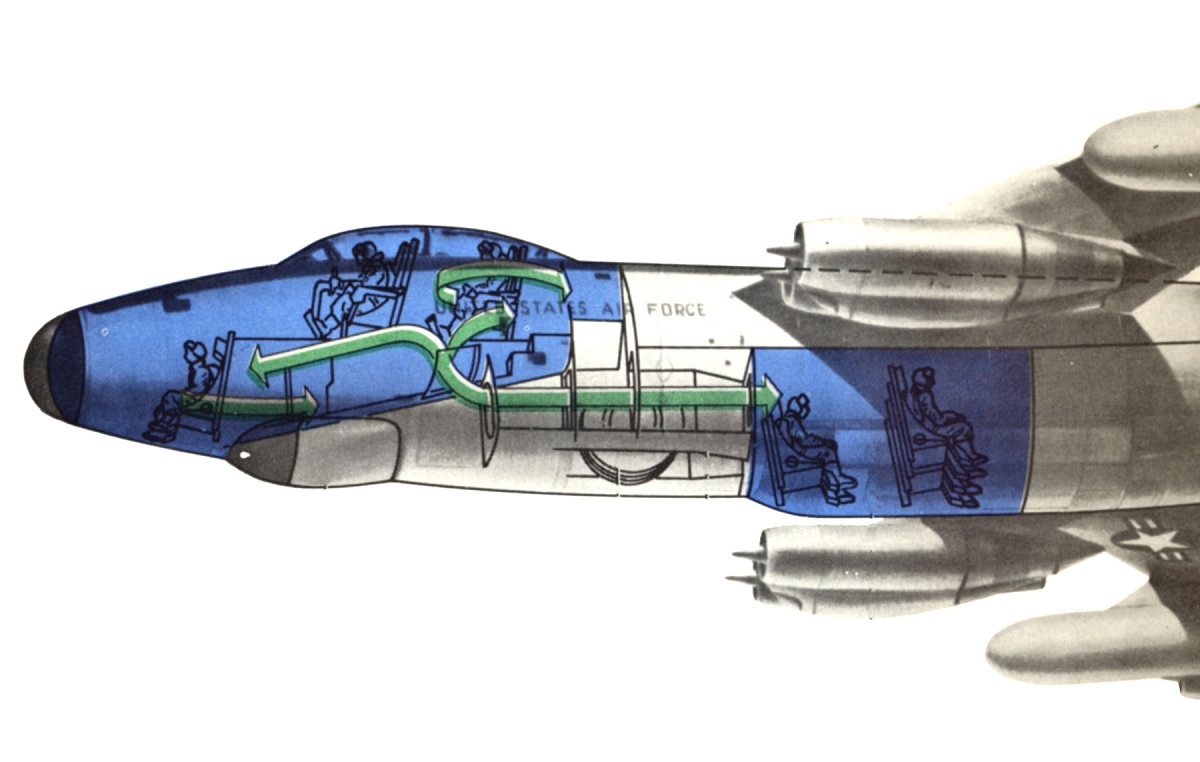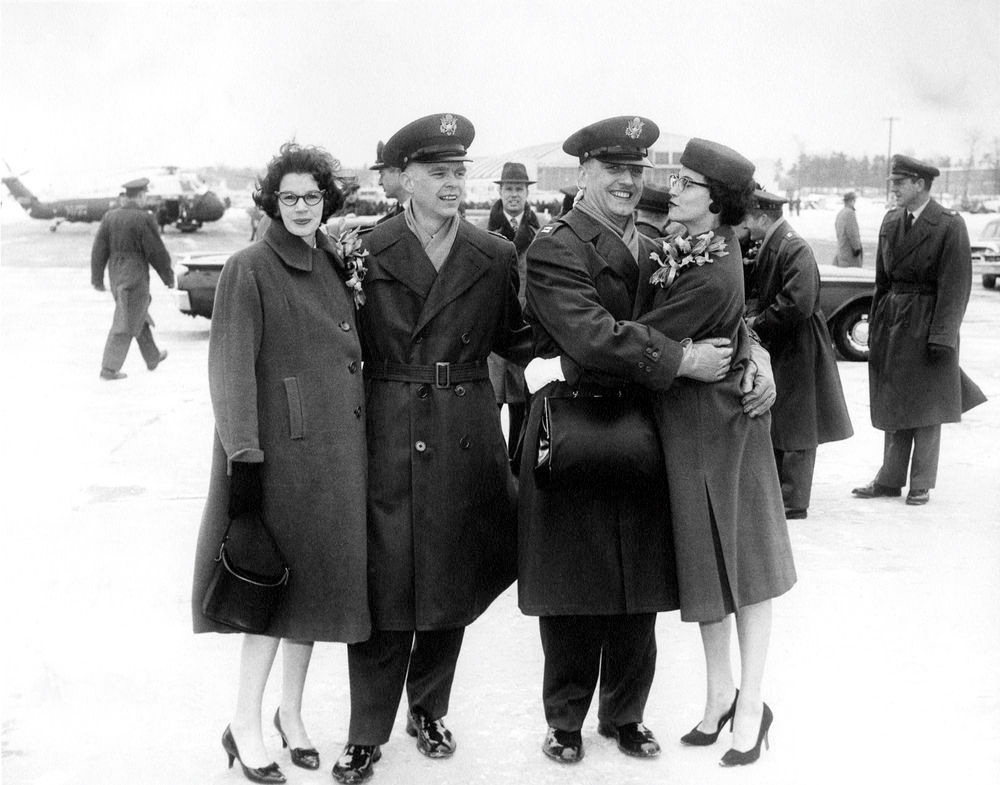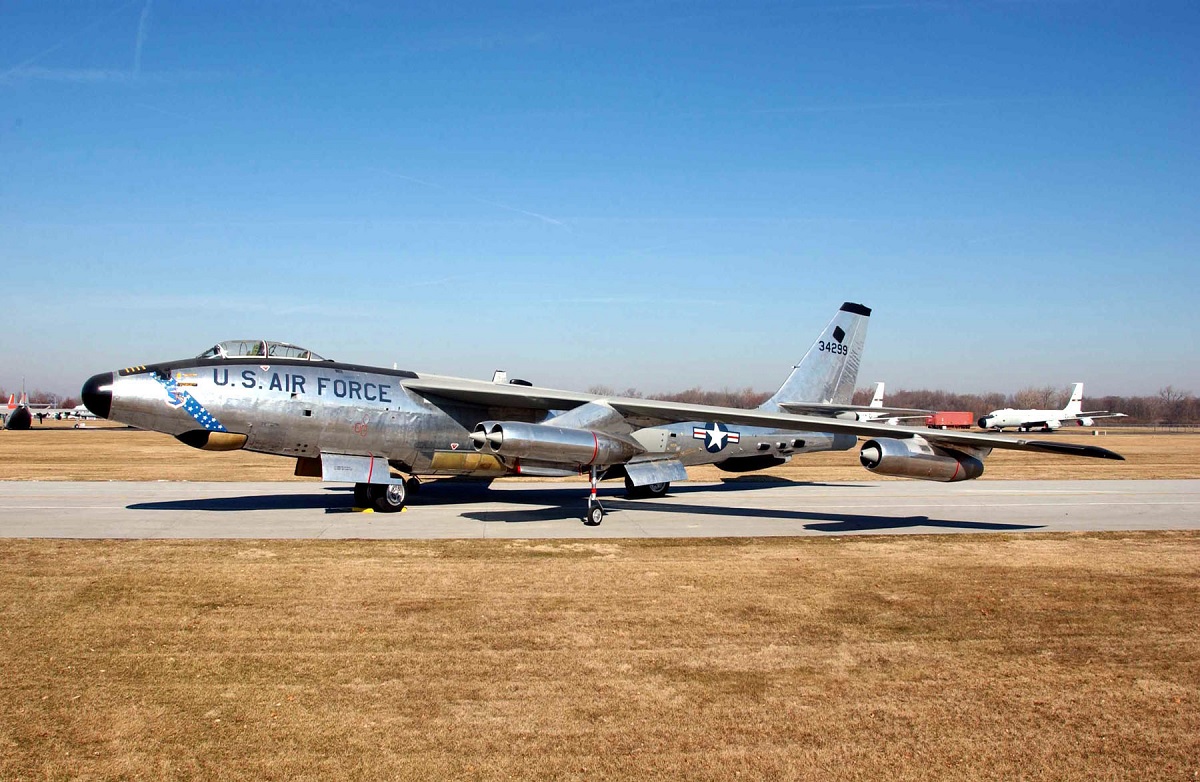On July 1, 1960, Col. Bruce Olmstead’s RB-47B reconnaissance aircraft was shot down when it was assigned to the 55th Wing
On July 27, 2017, Col. Bruce Olmstead was buried in Arlington National Cemetery, fifty-seven years after being shot down by the Soviet Union and subsequently kept prisoner for seven months. In October, the former RB-47 co-pilot passed away.
When his RB-47B reconnaissance aircraft was shot down on July 1, 1960, Olmstead was serving with the 55th Wing. Over the Arctic Ocean, he was forced to eject from this damaged aircraft. Just he and the navigator John McKone survived the Russian fighter onslaught that claimed the lives of their other four crewmates.
After Olmstead’s plane was shot down but survived, the KGB allegedly sent him to Moscow’s notorious Lubyanka prison and accused him of espionage, according to the Omaha World-Herald. He was confined in isolation in a freezing cell with minimal access to food or rest while being interrogated incessantly.
The young co-pilot actually had a lot of inside information. But, during their seven months in isolation, neither Olmstead nor McKone surrendered anything to the KGB.
“They continued to fulfill the Airman’s Creed, to never surrender,” explained retired Brig. Gen. Reg Urschler of Bellevue, a squadron mate of Olmstead’s, who later commanded the 55th Strategic Reconnaissance Wing (SRW). “None of us can imagine what they went through.”

It is noteworthy because during the burial, an RC-135 from the 55th Wing flew over, and Olmstead’s widow, Gail, received the folded American flag that draped his coffin. Gail attended tea at the White House with President John F. Kennedy and First Lady Jacqueline Kennedy after his release with Olmstead and McKone. The pilot would later describe the couple as “very charming” years later.
Olmstead never again flew with the 55th but instead went on to work as a test pilot and then an air attaché in Denmark until retiring as a colonel in 1983. After leaving the service, he became a home remodeling contractor. He traveled to Russia and welcomed ex-soldiers there into his home. Nonetheless, he carried the effects of those months in jail with him for the rest of his life.
“You can’t sit in a cell for 211 days without it affecting you,” he told the Washington Post in 1978. “You don’t forgive and forget. You forgive, and you live with it.”

Olmstead attended 55th Wing Association reunions in his latter years with pals, making multiple trips to Omaha. Once Cold War veterans were granted eligibility for combat medals in 2004, Olmstead and McKone (who passed away in 2013) earned their Silver Star medals belatedly. Olmstead gave him to the 55th Wing two years later.
During the early stages of the Cold War, the RB-47 reconnaissance aircraft was created from the B-47 bomber to gather data on Soviet air defense radar systems, including information on their position, range, and coverage.

In August 1955, the RB-47 officially went into service. The 55th SRW’s RB-47 aircrew flew thousands of perilous “ferret” missions during the ensuing ten years. The Soviet Union and other communist countries’ borders were flown by RB-47s at night while they flew in radio silence, gathering crucial information regarding the extent and power of the Soviet air defense radar networks. The crews of the RB-47 were compelled to spend a large portion of their time away from their homes at Forbes Air Force Base (AFB), Kansas, due to the requirement for this information and the comparatively limited number of RB-47s. The RB-47 was still in use when the more capable RC-135 took its place in the middle of the 1960s.
Photo by U.S. Air Force and John F. Kennedy Presidential Library and Museum
Additional source: National Museum of the U.S. Air Force

